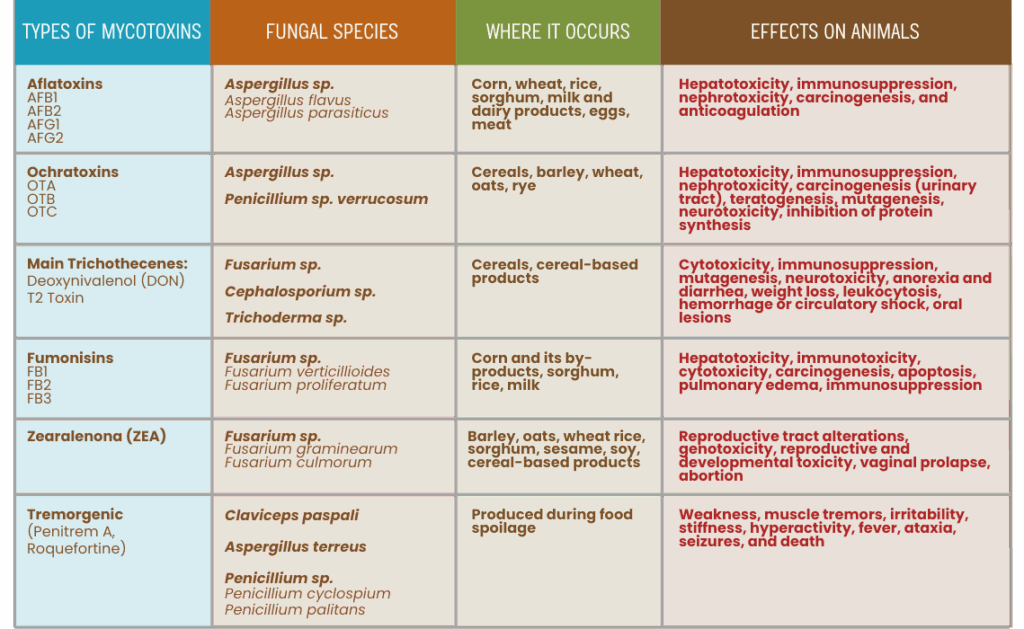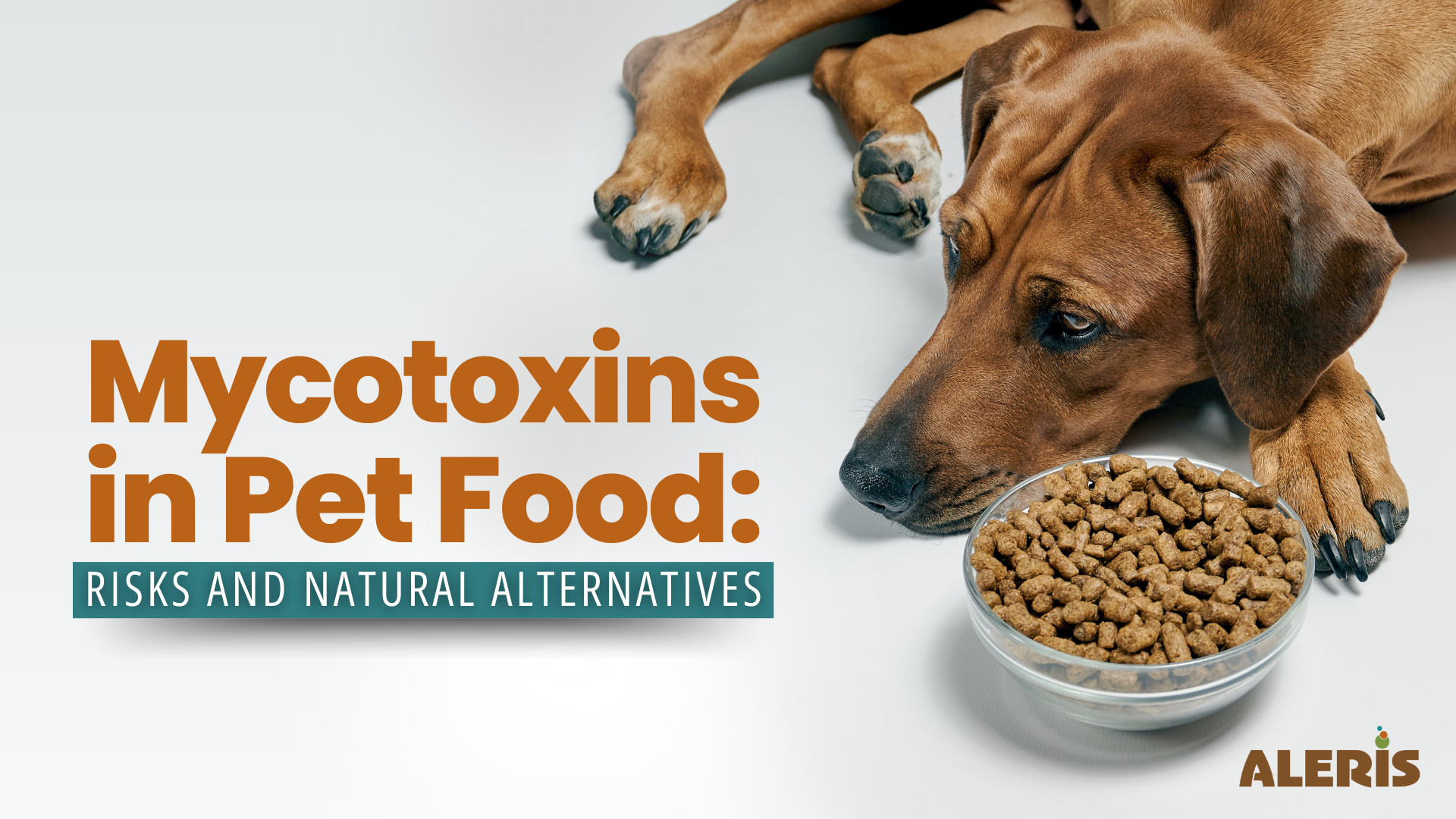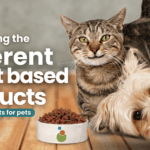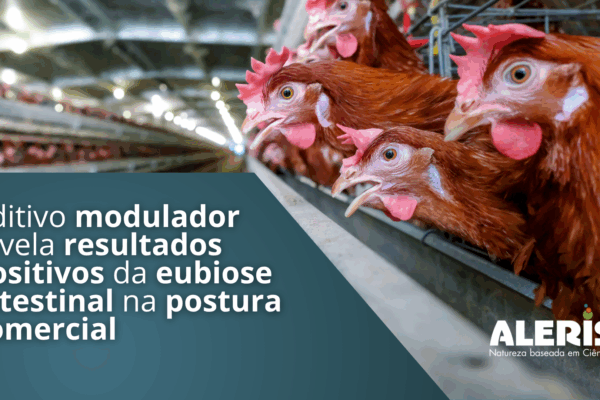Mycotoxins in Petfood: Risks and Natural Alternatives
Mycotoxins are secondary metabolites produced by multicellular or filamentous fungi. These compounds, while not essential for the fungi’s growth or development, can induce toxic effects in humans and a wide range of animal species.
In the pet food industry, this topic is particularly significant, as dry food constitutes the largest segment of the market (Carrion & Thompson, 2014). These products frequently include ingredients such as corn, rice, barley, wheat, sorghum, and other cereals, which are common sources of mycotoxin contamination.
Contaminated pet food leads to significant economic losses and poses serious health risks to pets, including hepatotoxic, nephrotoxic, carcinogenic, mutagenic, and teratogenic effects, resulting in emotional and financial strain for pet owners (Gajecka et al., 2015; Singh et al., 2018).
The most common mycotoxin-producing fungi belong to the genera Fusarium, Aspergillus, and Penicillium (Abdallah et al., 2017; Kosicki et al., 2016), and these toxins can contaminate grains in the field, during transport, or in storage if not properly managed. The most effective prevention method is to inhibit fungal growth on plant material.
The most problematic mycotoxins in pet food include aflatoxins (AF), deoxynivalenol (DON), fumonisins (FUM), ochratoxin A (OTA), and zearalenone (ZEA) (Atungulu et al., 2018; Corsato Alvarenga et al., 2021).
Even low-level exposure to these toxins over a pet’s lifespan can lead to acute and chronic toxicity, making this a global concern (Liu et al., 2015; Tchana et al., 2010).
As pet owners increasingly prioritize their pets’ health and longevity, the quality and safety of pet food have gained attention due to their direct impact on animal health (Gazzotti et al., 2015). Clinical signs of mycotoxicosis can vary based on the type and dose of the toxin, exposure duration, species, sex, age, and health status of the pet (Pinotti et al., 2016).

The table below summarizes the primary mycotoxins found in the pet food industry and their effects on animals:

Mycotoxins: A Challenge in the Extrusion Process
Most mycotoxins are heat-resistant and cannot be fully destroyed at standard cooking temperatures and durations (Azam et al., 2021; Karlovsky et al., 2016). Extrusion, a physical process that combines high pressure and high temperature over a short period, can reduce aflatoxin levels by 50–80%, depending on temperature and moisture conditions (Bullerman & Bianchini, 2007). It can also lower ZEA and FUM levels in corn by 65–83% and 34–95%, respectively (Bullerman & Bianchini, 2007; Ryu et al., 1999).
Degradation of DON occurs at 210 ℃, and extrusion can decrease DON concentrations in cornmeal by over 95% (Cazzaniga et al., 2001). The effectiveness of degradation depends on the treatment duration and temperature, with the combination of heat and high pressure accelerating mycotoxin breakdown. While extrusion is well-suited for heat-resistant foods, irradiation methods using gamma rays, X-rays, or electron beams can also prevent fungal growth and detoxify certain mycotoxins (Calado et al., 2014).
Natural Solutions: Adsorbents
Neutralizing mycotoxins can also be achieved using adsorbent compounds. Aluminosilicates, minerals mainly composed of aluminum, silicon, and oxygen, are well-known for this purpose. Kaolin clay and bentonite are examples of aluminosilicates that adsorb mycotoxins in the gut, preventing their absorption and reducing associated health risks (Pozzo et al., 2016).
Glucomannan polymers derived from yeast cell walls are widely used in the pet food industry. β-glucans from yeast not only modulate biological responses but also selectively bind to polar and nonpolar mycotoxins, such as ZEA and aflatoxins, through hydrogen bonds and Van der Waals forces, forming stable complexes with these toxins (Yiannikouris et al., 2003).
Reading suggestion: Uncovering the different yeasts and their benefits for pets
Effective adsorbents are characterized by their efficiency at low doses, lack of taste and odor (Diaz & Smith, 2005; Jouany, 2007), rapid adsorption capacity, resistance to dietary processing, and biodegradability after excretion, without binding essential nutrients.
Conclusion
The use of mycotoxin adsorbents in pet food provides significant benefits by preventing toxin absorption, safeguarding animal health, and ensuring food safety. Adsorbents derived from clay and yeast cell wall effectively reduce mycotoxin levels, enhancing food quality, promoting pet longevity, and improving overall well-being.













